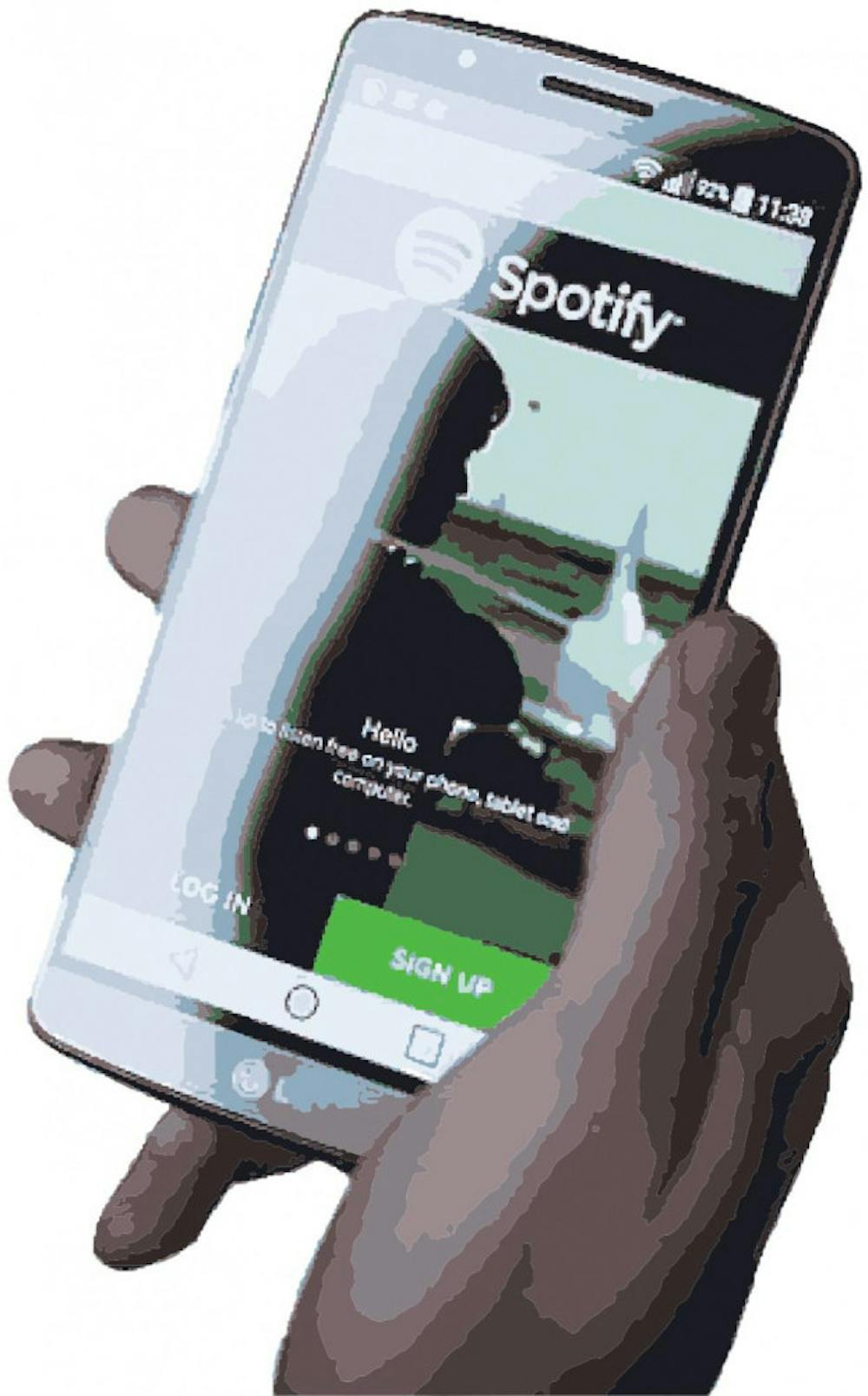Streaming platforms are a recent addition to our digital lives, only really gaining such fervent popularity in the last 15 to 20 years. They’ve quickly become a staple of entertainment, however, with streaming video subscriptions’ increase passing cable subscriptions’ increase back in 2017. With the introduction of even more streaming platforms like Disney+ later on, the sharp increase in the number of streaming platforms doesn’t seem to be taking a downward turn anytime soon.
Some of the biggest benefits to streaming platforms over cable have been the variety of shows instantly available to viewers and their cheaper price in comparison. However, those benefits are slowly being overshadowed as time goes on and more streaming services are created.
Back in 2005 in an interview with Inc., Netflix CEO Reed Hastings said, “Our focus is on getting to five million, 10 million, 20 million subscribers and becoming a company like HBO that transforms the entertainment industry.”
Now, it has over 50 million subscribers and has drastically changed how people consume their entertainment.
With its success, the market has drastically increased with the number of must-have streaming platforms, including Netflix, Disney+, Amazon Prime, HBO, Hulu and more, with new platforms created each passing year. Alone, most platforms range between six and 20 dollars per month. Streaming seems far cheaper than cable TV packages, which have recently increased to an average of over $200 per month.
When you look at how much streaming platforms cost together, it adds up quickly. Researching some of the best streaming services brings up numerous services. One example is this article from Tom’s Guide, a website about the best technology, which breaks down different streaming platforms. It discusses eight different services, which together add up to over $130 per month. That’s quite a change from when consumers only needed to subscribe to one service for under $10 a month.
Now consumers wanting to get a variety of media have to subscribe to multiple services. Streaming platforms such as Netflix and Disney+ are now creating their own content which is exclusive to their service. Along with that, certain streaming platforms are maximizing their profits at the expense of variety on other platforms.
Disney is the prime example for two reasons. First, when they were originally launching Disney+, they decided to remove their content from Netflix to move to their own platform. Second, Disney recently integrated Hulu into their company but are continuing to have two separate platforms instead of combining them into one service. Disney gains more of a profit, but consumers have to spend more money subscribing to multiple platforms.
They’ve also taken it a step forward with the release of “Mulan” over Disney+. “Mulan” was originally intended for theatrical release, but after delays due to the COVID-19 pandemic, it was released on Disney’s streaming platform, Disney+. Interested subscribers are forced to pay a $29.99 premium fee to watch it on the streaming platform that they already pay for. It will be available for purchase until Nov. 2 before being released for all subscribers on Dec. 4. While it is unlikely for this to become the new norm, it does include worrying implications about how other streaming platforms will experiment with similar models in the future.
As there are more and more streaming platforms with individualized content and potential extra fees, it seems like streaming is resembling cable TV all over again. If streaming platforms are evolving into cable, is it really useful to subscribe to those platforms?
The streaming platform industry is becoming crowded. That's a problem





